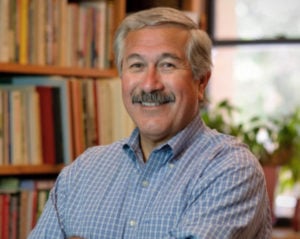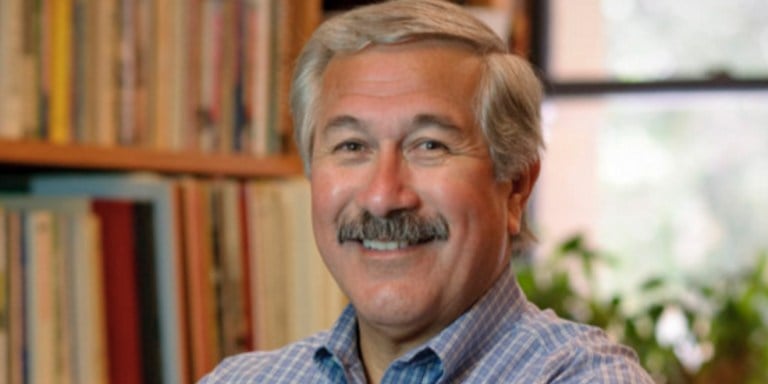
Offered for the first time this spring quarter, HISTORY 272D: “Teaching Mexican American History in High School” teaches Stanford students about Mexican-American history and prepares them to mentor high school students through a history project at Luis Valdez Leadership Academy (LVLA) in San Jose.
Program founder Albert Camarillo, Leon Sloss Jr. Memorial Professor Emeritus, has collaborated with LVLA for the past two years to create a course on Mexican-American history for ninth- and 10th-grade students. He previously worked in a similar setting with East Palo Alto Academy to create a bridge program for Stanford students and high schoolers.
The course on Mexican-American history is taught by Marilyn Travis ’16 M.A. ’17 and Rafael Silva M.A. ’17, who are students in the Stanford Teacher Education Program at the Stanford Graduate School of Education, as well as LVLA Dean of Students Irene Castillon.
“[This course is] unique in that it’s not being done anywhere as far as I know in the state of California,” Camarillo said.
At the beginning of the quarter, Stanford students will visit LVLA to meet their high school mentees, many of whom are considered “at-risk students.” According to Camarillo, some of the students the program hopes to prepare for college are among the lowest quartile in the school district.
Students enrolled in HISTORY 272D will communicate with their mentees via email or phone as they research and prepare for their final project, which is a “TED Talk-style” presentation based on the Chicano Civil Rights Movement.
Meanwhile, the course plans to supplement the Stanford students’ history knowledge with Mexican-American history, a topic that is only briefly covered in high schools, according to Camarillo. The coursework in HISTORY 272D is thus meant to parallel that of the LVLA students’ history curriculum.
The goal of the course is for Stanford students to provide personal mentorship to the LVLA students in addition to academic support for the final presentation.
“I think that [the mentorship program] is really going to help make it the kind of classroom I want, which is one centered on human connections and relationships,” Silva said.
Almost all of the students enrolled in the course at LVLA identify as Latinx, Hispanic or Chicanx, Camarillo said. He stressed that in learning about Mexican-American history, students are inspired to “think about themselves, their community and the nation” and are motivated to see themselves as high-achieving.
Silva added that developing personal relationships with college students helps students envision a future with college in the picture.
“It’s important for the kids to see someone who is in college, somebody whom they feel they could be in their shoes one day,” Silva said. “They’re providing a real connection to an institution we hope they will be a part of one day.”
Contact Stephanie Brito at sbrito ‘at’ stanford.edu.
